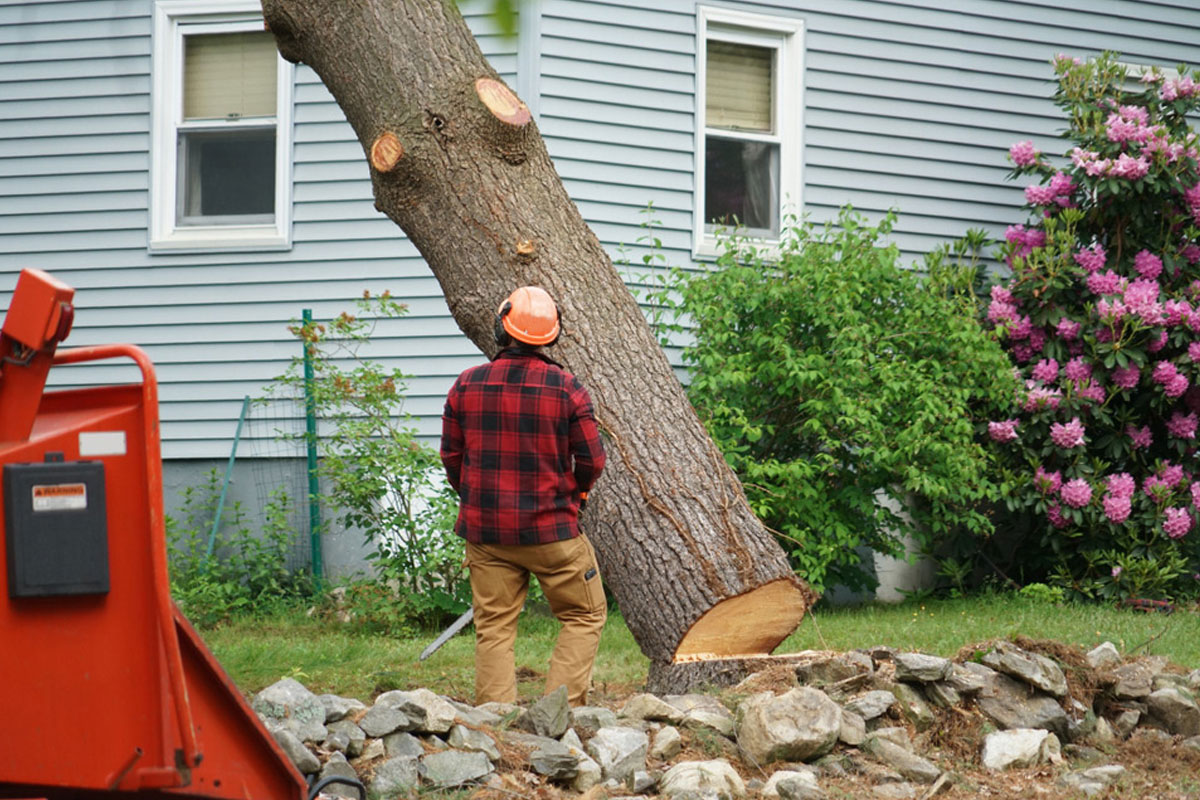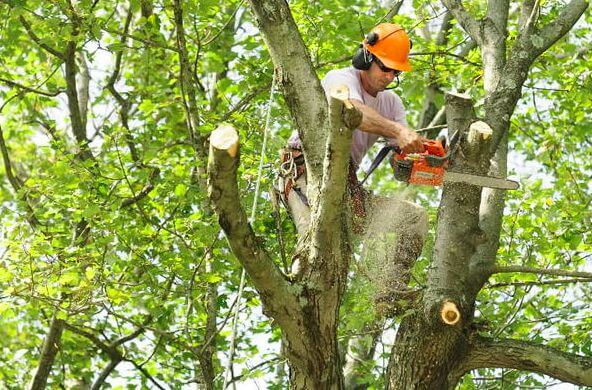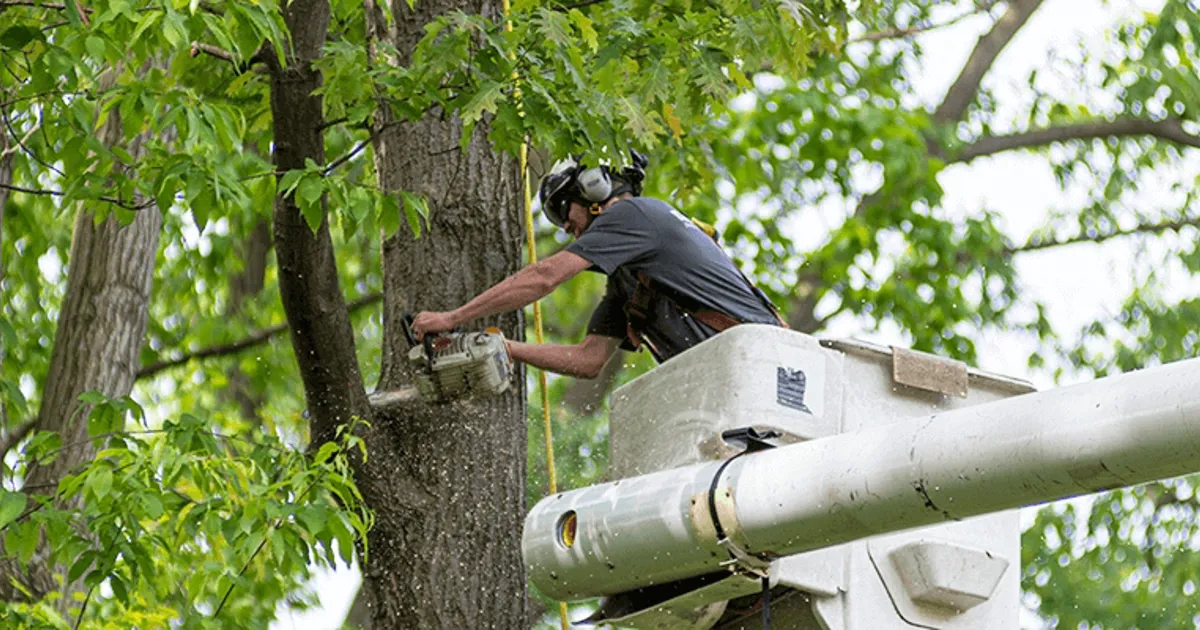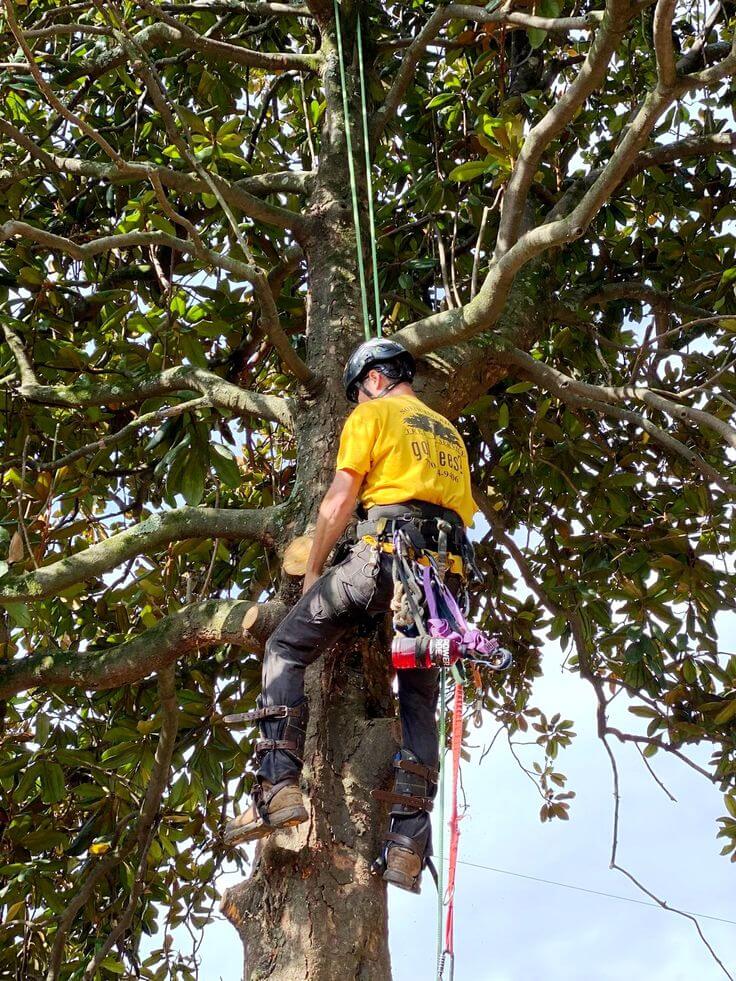Tree Removal
Introduction to Tree Removal
Tree removal is a significant task that involves more than just cutting down a tree. It’s an essential process for maintaining the safety and aesthetics of your property. Whether it’s due to disease, damage, or simply the need for space, tree removal is often necessary. But why is it so important?
Importance of Tree Removal
Removing a tree can prevent potential hazards, improve the health of surrounding trees, and increase property value. A dying or diseased tree can be a safety risk, potentially falling on your home or power lines. Moreover, removing trees that are too close to your house or other structures can prevent damage during storms.
Common Reasons for Tree Removal
There are multiple reasons why trees might need to be taken down:
Disease or infestation
Structural damage from storms
Proximity to structures
Landscaping or construction projects
Overcrowding of trees
Safety Considerations
Assessing Tree Health
Before removing a tree, it’s crucial to assess its health. Look for signs like dead branches, fungal growth, or significant leaning. Consulting with an arborist can provide a professional opinion on whether the tree needs to be removed.
Evaluating Potential Hazards
Consider what the tree could potentially fall on—homes, power lines, or other structures. Assessing these hazards can help determine the urgency and approach to tree removal.
Personal Safety Measures
Tree removal is risky, and safety should be a top priority. If you plan to remove a tree yourself, ensure you have the right safety gear: hard hats, gloves, safety glasses, and sturdy boots. Consistently adhere to established protocols to prevent mishaps.
Legal and Environmental Considerations
Local Regulations and Permits
Many localities require permits for tree removal, especially for large or significant trees. Check with your local government to understand the regulations and obtain any necessary permits before proceeding.

Environmental Impact of Tree Removal
Trees play a vital role in the ecosystem, providing oxygen, habitat for wildlife, and reducing carbon dioxide levels. Consider the environmental impact before removing a tree and explore options for replanting.
Tree Removal Methods
DIY Tree Removal
For those with the right skills and tools, DIY tree removal can be an option.
Tools Needed
You’ll need a chainsaw, axe, rope, and safety gear. It’s also helpful to have a friend assist you.
Step-by-Step Guide
Assess the tree and surrounding area.
Plan the fall direction and clear the area.
Cut a notch on the fall side.
Make the felling cut on the opposite side.
Use ropes to guide the fall.
Remove branches and cut the trunk into manageable pieces.
Professional Tree Removal Services
Engaging experts frequently proves to be the most secure and effective choice.
Benefits of Hiring Professionals
Professionals have the expertise, experience, and equipment to safely remove trees. They also handle the disposal of the tree, saving you time and effort.
How to Choose a Tree Removal Service
Look for a licensed and insured company with good reviews. Ask for estimates and ensure they follow local regulations and safety standards.
Cost of Tree Removal
Factors Influencing Cost
The price of removing a tree is influenced by multiple variables:
Tree size and height
Tree condition
Complexity of the removal
Location and accessibility
Average Costs for Different Types of Trees
Small trees may cost a few hundred dollars to remove, while larger trees can cost upwards of $1,000. Additional services like stump grinding may add to the cost.
Importance of Removing the Stump
Leaving a tree stump can lead to pest infestations, fungal growth, and an unsightly yard. It’s often best to remove the stump entirely.
Methods of Stump Removal
Chemical Removal
Chemicals can accelerate the decomposition of the stump. This method is less labor-intensive but takes time.
Stump Grinding
A stump grinder can quickly reduce the stump to mulch. It’s an efficient method but requires specialized equipment.
Manual Removal
For smaller stumps, manual removal with axes, shovels, and a lot of effort can be effective. This is the most labor-intensive method but doesn’t require special equipment.
Tree Replacement and Landscaping
Importance of Replacing Removed Trees
Replacing removed trees helps maintain the environmental balance and the aesthetic appeal of your property. New trees can also increase property value.
Choosing the Right Tree for Replacement
Select a tree that suits your climate, soil, and space. Consider factors like growth rate, height, and maintenance needs.
Landscaping Tips Post-Tree Removal
After removing a tree, enhance your landscape by:
Planting new trees or shrubs
Installing a garden or flower bed
Creating a patio or outdoor living space
Preventive Measures
Regular Tree Maintenance
Consistent upkeep can avert numerous problems that necessitate tree removal. Schedule annual inspections and pruning to keep your trees healthy.
Identifying Early Signs of Tree Damage
Look for early signs of disease or damage, such as discolored leaves, dead branches, or unusual growth patterns. Early intervention can save a tree.
Pruning and Trimming Techniques
Proper pruning and trimming encourage healthy growth and prevent structural issues. Remove dead or weak branches and shape the tree to ensure even growth.
Conclusion
Tree removal is a complex task that requires careful consideration of safety, legal, and environmental factors. Whether you choose to do it yourself or hire professionals, understanding the process and its implications is crucial. Regular maintenance and preventive measures can keep your trees healthy, reducing the need for removal.
FAQs
When is the best time to remove a tree?
The best time to remove a tree is during the dormant season, typically in late winter or early spring. This minimizes the impact on the surrounding vegetation.
How can I determine if a tree needs to be taken down?
Signs that a tree needs to be removed include significant leaning, large dead branches, fungal growth at the base, and visible decay or damage.
What should I do with the wood after tree removal?
The wood can be used as firewood, mulch, or disposed of through professional services. Some companies offer recycling options for removed trees.
Is it possible for me to cut down a tree on my own, or is it better to hire a professional?
Removing small trees can be a DIY project with the right tools and safety precautions. For larger trees, it’s safer and more efficient to hire professionals.
What are the risks of not removing a hazardous tree?
Not removing a hazardous tree can lead to property damage, injury, or even death if the tree falls. It can also pose risks to power lines and disrupt utilities.


